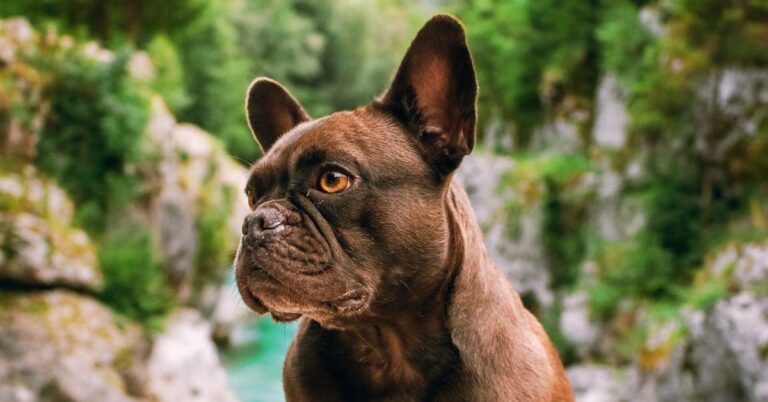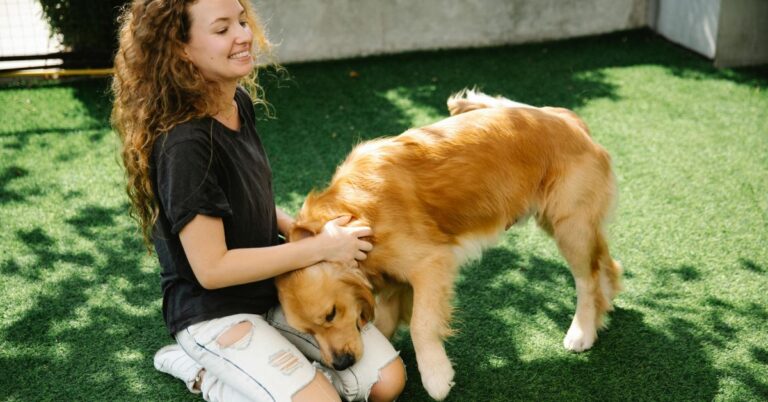10 Husky Breeds With Deep Roots And Distinct Personalities

With their powerful builds and striking looks, huskies stand out wherever they go. Their presence is bold and timeless, forged through generations of purpose and resilience. Each type brings its own unique traits, shaped by environment and function. Let’s take a closer look at 10 distinctive husky breeds that showcase the diversity and spirit of this iconic group.
Siberian Husky

A piercing gaze might grab your attention, but there’s far more to this breed than just striking eyes. Siberian Huskies trace their roots to Northern Siberia, where they were trusted companions of the Chukchi people over 4,000 years ago. Today, their playful vocalizations and occasional two-toned eyes continue to fascinate and surprise.
Alaskan Malamute
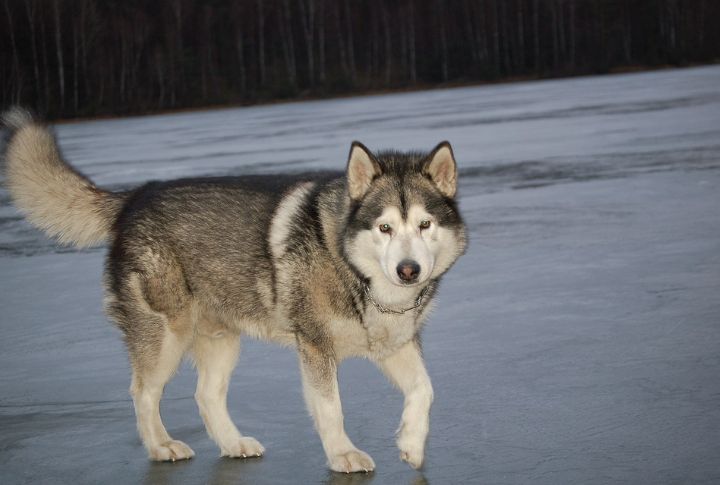
Imagine hauling a massive sled through deep snow for miles. That’s what these heavyweights were bred to do. Alaskan Malamutes, originally developed by the Mahlemut Inuit tribe, date back thousands of years. Their size alone sets them apart—some reach 100 pounds. Even during the Gold Rush, they were in high demand.
Alaskan Husky

Forget show rings—this dog was bred to win races. The Alaskan Husky is designed purely for performance and combines endurance and speed in a lean, fast-moving body built for distance. Its coat varies widely in color, and while appearances differ, one trait remains consistent: an unmatched drive on the trail.
Labrador Husky

People often assume this breed is part Lab. It’s not. The Labrador Husky is its own thing, closely tied to the Canadian Eskimo Dog. With a thick coat and strong hunting drive, they once helped catch seals in northern Canada. There’s also something wolf-like about their look, especially in the eyes.
Mackenzie River Husky

Challenging conditions shaped an equally hard-working dog. Descended partly from St. Bernards, the Mackenzie River Husky hauled freight through Arctic trails. Its strength helped it move where other dogs couldn’t. While now uncommon, it once formed the backbone of long-distance sled travel in some of the harshest climates.
Sakhalin Husky
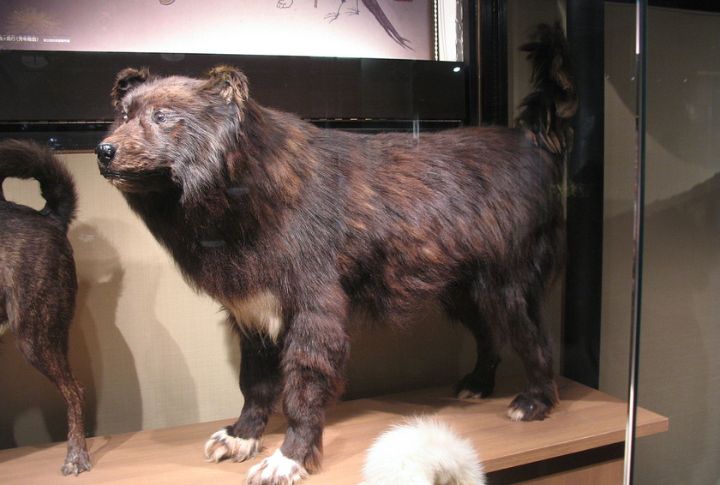
Frozen winds, endless white, and still they pressed forward. These dogs once powered Japanese Antarctic expeditions, relying on sheer instinct and thick coats built for brutal cold. Only a handful remain, mainly in Japan. Their dwindling numbers haven’t erased the legacy of grit carried in every dense layer of fur.
Samoyed Husky
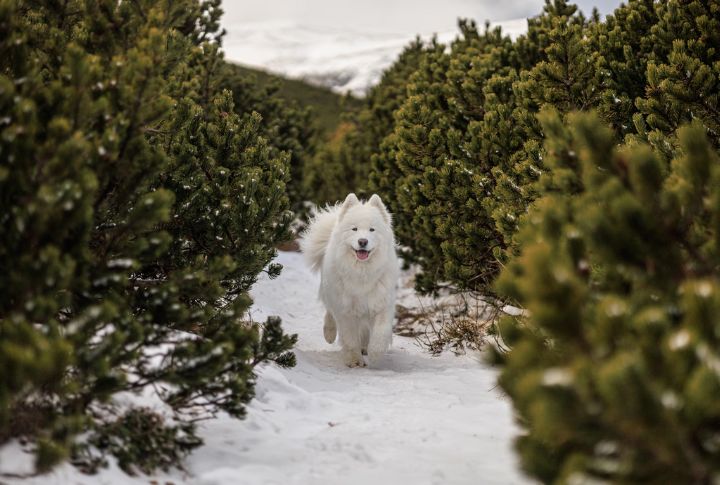
The Samoyed Husky stands out with its signature “Samoyed smile”—a clever trait that helps prevent drooling in frigid weather. Bred by the Samoyedic people for herding reindeer, this snow-white dog thrives in cold climates. While many husky types are independent, the Samoyed leans affectionately, often seeking warmth and cuddles.
Alaskan Klee Kai

Think Husky, but mini; weighing under 15 pounds, the Alaskan Klee Kai brings enormous energy in a small, expressive package. Developed in the 1970s as a companion breed, they kept their larger relatives’ attitude, drive, and alert nature. The mischievous little face is easy to spot and impossible to forget.
Utonagan

There is no wild ancestry here—just the looks that suggest it, achieved by blending traits from Siberian Huskies, Malamutes, and German Shepherds. Their intelligence and trainability make the Utonagans ideal for therapy work, though they need mental challenges to stay balanced. It’s a thoughtful mix designed for both purpose and temperament.
Seppala Siberian Sleddog

A working dog through and through, Seppalas helped deliver medicine during the 1925 Nome Serum Run and nearly vanished shortly after. Smaller than you might expect, they still get mistaken for wolves thanks to their rugged build. Their story continues today, thanks to breeders who are committed to preserving them.



